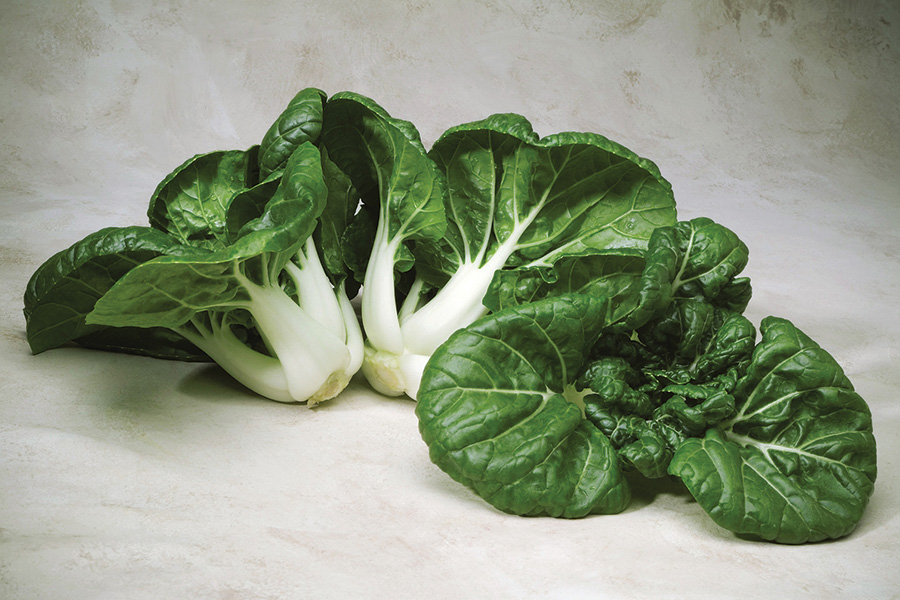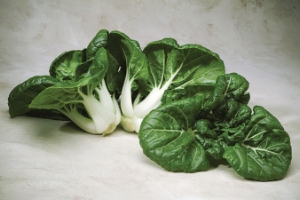
Toy Choy
A compact hybrid Canton Pak Choi with thick, broad, milky white petioles and glossy, dark green leaves. Perfect for growers servicing Asian markets.
| V49013 : Toy Choy | ||
|---|---|---|
| Treatment | * Pkg Size | ** Price (USD) |
| Treated | 1M seeds | $4.30 |
| Treated | 5M seeds | $18.50 |
| Treated | 25M seeds | $85.00 |
| Treated | 100M seeds | $280.00 |
|
* M = 1,000 ** US customer prices shown in USD. *** Canadian customers, please log in to see CA prices in USD. |
||
Attributes
Growing Tips
- Planting
-
Transplant early cabbage soon enough that it matures before the heat of summer. Planting two or three varieties with different maturities can provide harvest over a longer period of time. Late cabbage must be started during the heat of mid-summer, but it develops its main head during the cooling weather of fall. It may be transplanted or direct seeded. Plants should be planted 12” - 24” apart depending on variety and the desired head size. Sow cabbage seeds ¼” - ½” deep.
Planting Guidelines - CabbageApproximate Seeds per Pound:107,000 - 128,000Seeding Rate per Acre by Weight:1.9 - 2.2 ozSeeding Rate per Acre in M (1,000):15.2 MSeeding Rate Seeds per 1,000 foot of Row:1,000Seed or Plant Spacing In Row:12"Seed or Plant Spacing Between Rows:36"Seed or Plant Spacing Depth:.3 - .5"Recommended Soil Temperature:50 - 60°FDays to Germination:6 - 10
- Management
-
Use starter fertilizer when transplanting and side-dress with nitrogen after plants are half grown. Keep your plants out of intense sunlight and heat of summer. Common problems are Yellow or Fusarium Wilt, as well as cabbage worms.
- Harvest
-
Cabbage can be harvested anytime after the head has formed. For highest yield, cut the cabbage heads when they are solid (firm to hand pressure) but before they crack or split. When heads are mature, a rain may cause heads to crack or split.
- Storage
-
Fresh, uncut heads of cabbage can be stored in the refrigerator for up to two weeks. Cover loosely with a plastic bag or use perforated bags. Do not wash cabbage before storing; the extra moisture will hasten deterioration.

